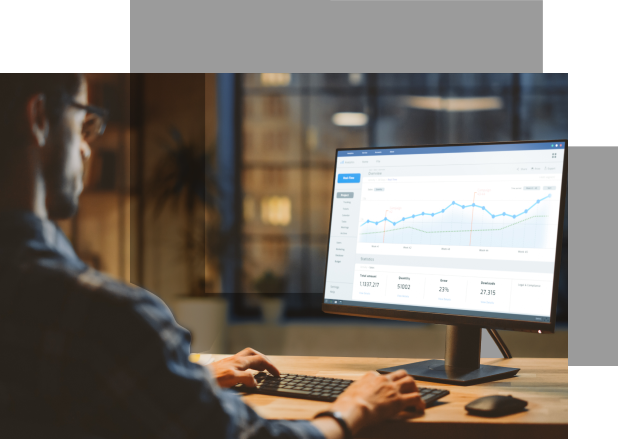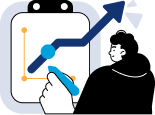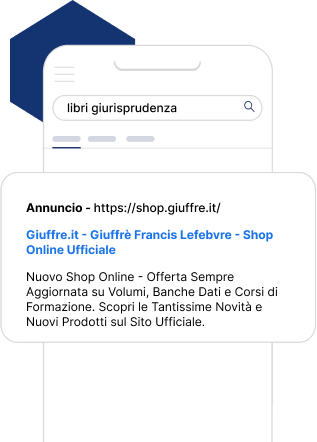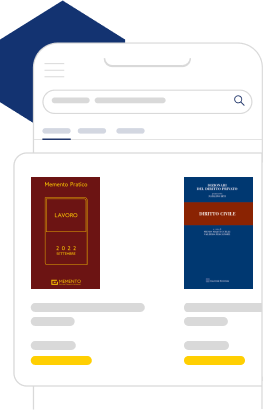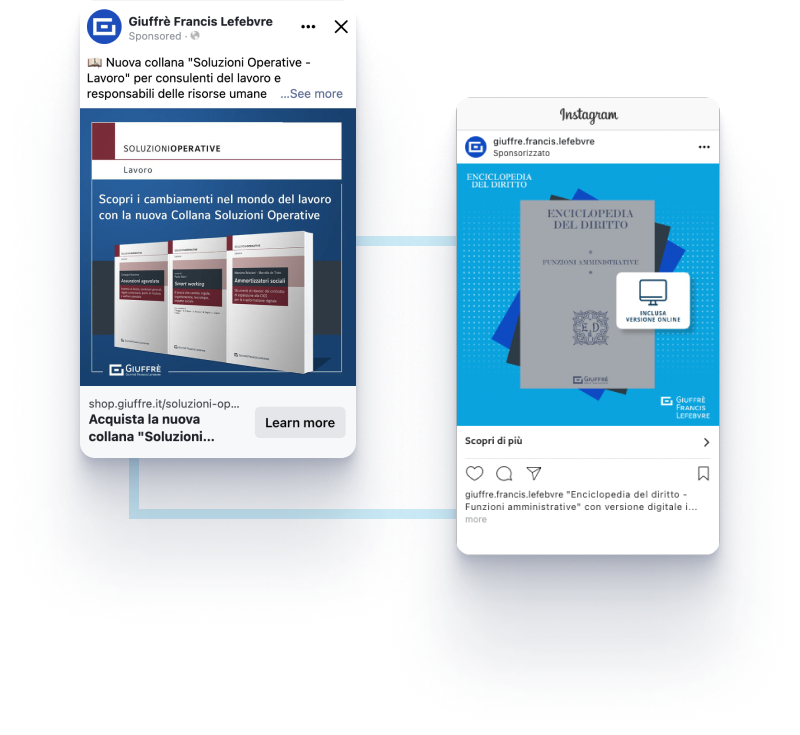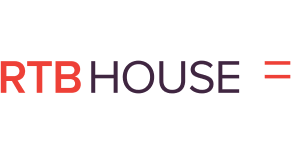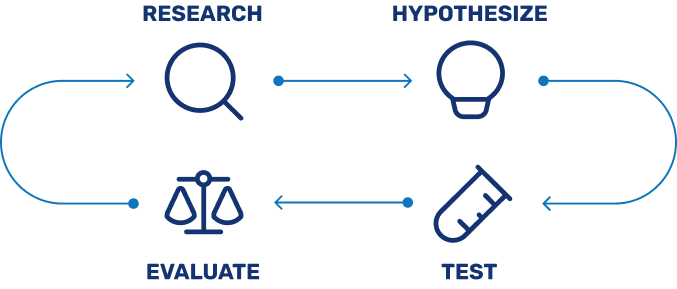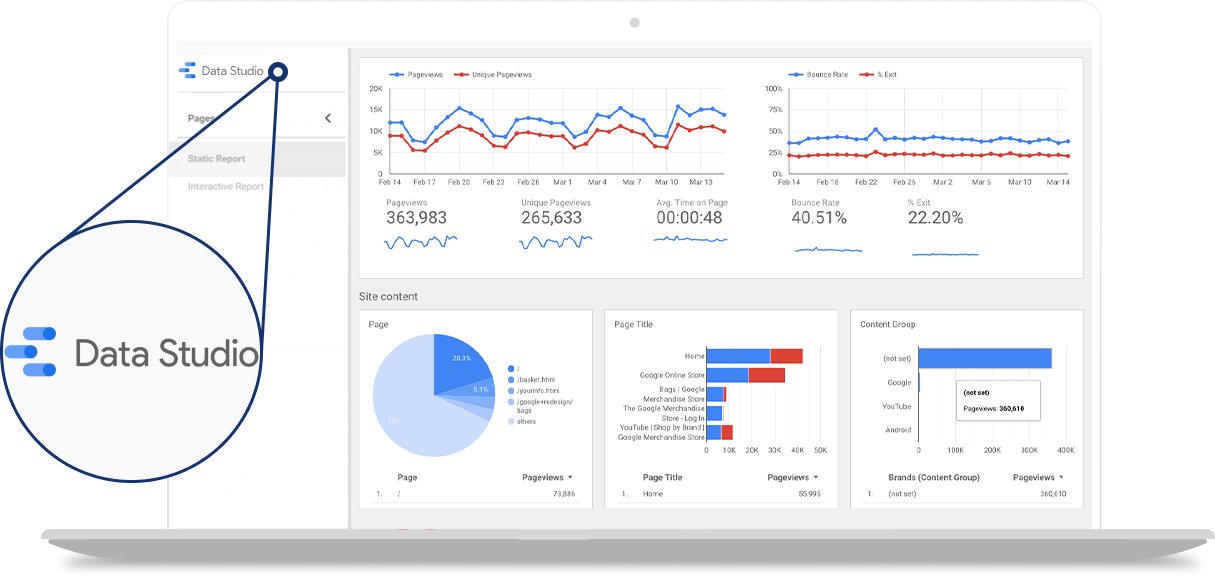
Giuffrè Francis Lefebvre is one of the largest Italian players in the field of professional publishing.
Born from the merging in 2018 of the historic publisher Giuffrè Editore and Memento Francis Lefebvre, it is part of the international Lefebvre Sarrut group, active throughout Europe with 8 subsidiaries and more than 2,600 employees.
Giuffrè Francis Lefebvre provides high-quality tools, management software and information solutions, based on authoritative sources and reliable methods, to accompany professionals in the legal, tax, labor and corporate sectors.
